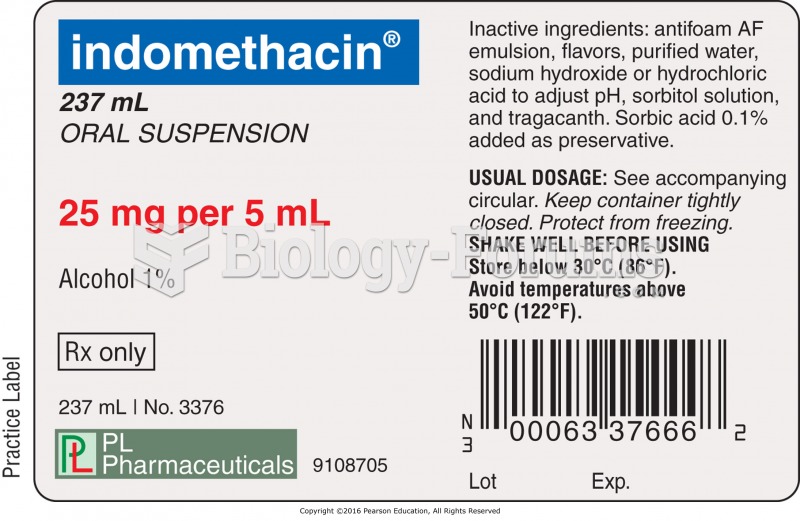Answer to Question 1
4
Rationale 1:Symptomatic Paget disease in both women and men is incorrect because this is one indication for alendronate.
Rationale 2:Prevention of osteoporosis in postmenopausal women is incorrect because this is one indication for alendronate.
Rationale 3:Glucocorticoid-induced osteoporosis in both women and men is incorrect because this is one indication for alendronate.
Rationale 4: Healing of fractures is not a use for alendronate.
Global Rationale: Healing of fractures is not a use for alendronate. Symptomatic Paget disease in both women and men is incorrect because this is one indication for alendronate. Prevention of osteoporosis in postmenopausal women is incorrect because this is one indication for alendronate. Glucocorticoid-induced osteoporosis in both women and men is incorrect because this is one indication for alendronate.
Answer to Question 2
1, 2, 4
Rationale 1: Common adverse effects are hot flashes, migraine headache, flu-like symptoms, endometrial disorder, breast pain, and vaginal bleeding.
Rationale 2: Common adverse effects are hot flashes, migraine headache, flu-like symptoms, endometrial disorder, breast pain, and vaginal bleeding.
Rationale 3:Sinus headache is incorrect. This medication causes migraine headaches.
Rationale 4: Common adverse effects are hot flashes, migraine headache, flu-like symptoms, endometrial disorder, breast pain, and vaginal bleeding.
Rationale 5:Hyperlipidemia does not need to be included in teaching of the client.
Global Rationale: Common adverse effects are hot flashes, migraine headache, flu-like symptoms, endometrial disorder, breast pain, and vaginal bleeding. Sinus headacheand hyperlipidemia are incorrect. This medication causes migraine headaches.







